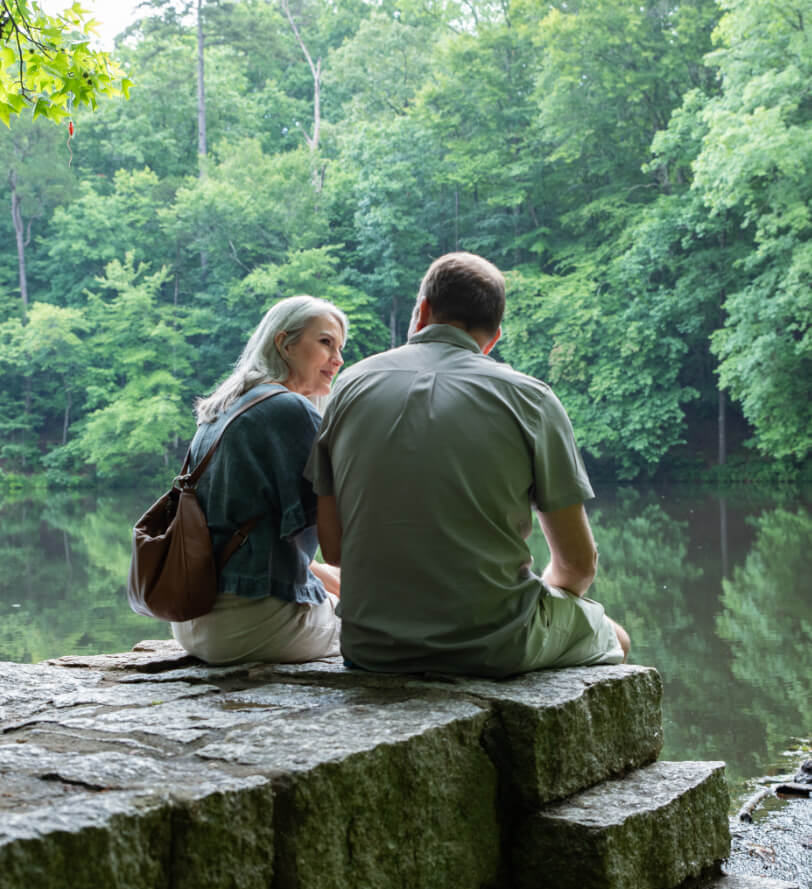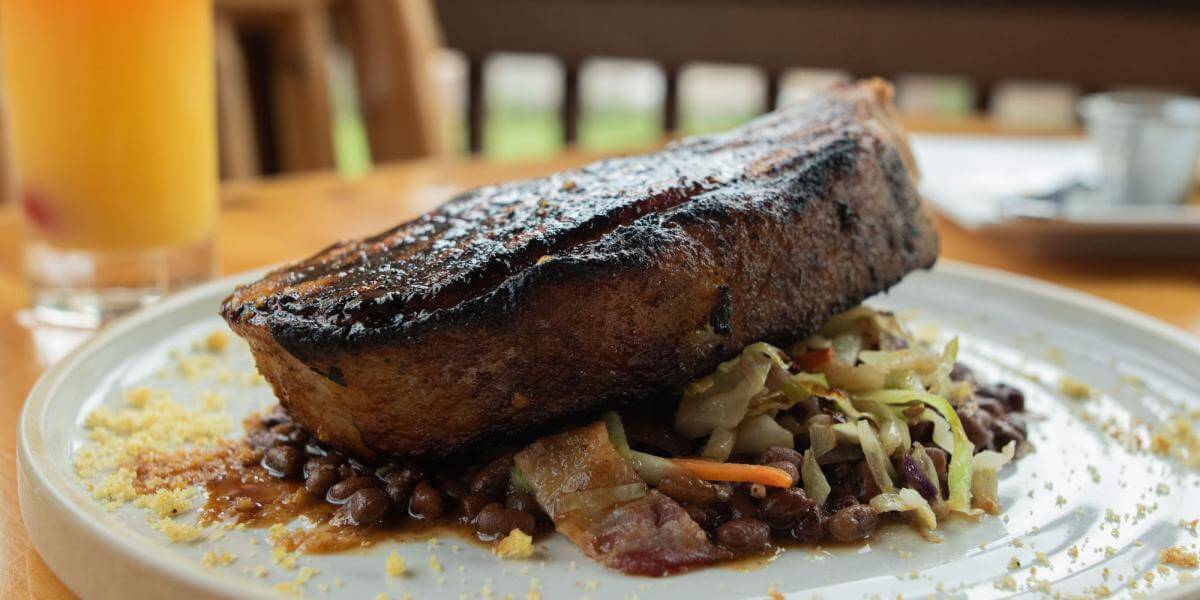
Two-Day Foodie Getaway: A Taste of South Carolina Food
Whether you’re a self-proclaimed “foodie” or just like to eat, the Olde English District boasts delicious local eateries for every kind of palate. Our two-day food itinerary across the region is a perfect mix of all the flavors you’ll find throughout the OED—featuring fine dining, casual eateries and craft breweries, making it ideal for food getaways. From BBQ to a cup of coffee, our foodie guide to eating in the OED will give you a taste of what South Carolina’s Piedmont region adds to your trip—and your plate.
Day 1
Breakfast
Knowledge Perk Coffee Company
Start your morning in Rock Hill with a cup of coffee at Knowledge Perk. Located downtown, this small-batch roastery has been a local favorite since it opened. Try one of the shop’s signature blends, limited releases or single-origin coffees. If you loved what you ordered, we recommend buying a bag of beans to savor your trip after it’s over. (Pro tip: If you are or know a coffee fanatic, buy beans from local roasteries to take home with you. The region has several roasteries, including York Coffee Roastery, Enderly Coffee, White Blossom Coffee and Rock Hill Coffee Roasters)

Amelie’s French Bakery & Café
Take a short walk from Knowledge Perk to Amelie’s French Bakery & Café for a quick bite (and maybe a second shot of caffeine). The bakery serves a variety of hot and cold beverages, fresh macarons, patisserie pastries and savory goods that will make you feel like you have just walked through Paris. This place is a must-visit for anyone on a foodie tour through the region.
Lunch
Wagon Wheel Restaurant
On your way out of Rock Hill, you’ll find charming Chester County. Consider stopping on Lancaster Highway for a quick bite at a local staple like the Wagon Wheel Restaurant. Located in Fort Lawn, Wagon Wheel has been serving steaks, sandwiches, seafood and other Southern favorites since 1978. Whatever you order, make sure to tack on the restaurant’s famous fried squash—you won’t be disappointed. This spot does not accept cards or electronic payments, so make sure to have cash on you.
Catawba Fish Camp
Another popular eatery just a few minutes away is the Catawba Fish Camp, a great option for seafood lovers. Here, you can expect a simple family-style menu, offering classic Southern seafood dishes in a casual, welcoming atmosphere.
Dinner
The Retreat on Lake Wateree
For dinner, make a reservation at The Retreat on Lake Wateree in Ridgeway for a taste of more locally sourced ingredients. Every seat inside the restaurant offers beautiful views of Lake Wateree. Enjoy the scenery while savoring fresh flavors and elevated dishes. (Pro tip: The menu changes several times a week, so double-check what’s being served before you make your reservation.)
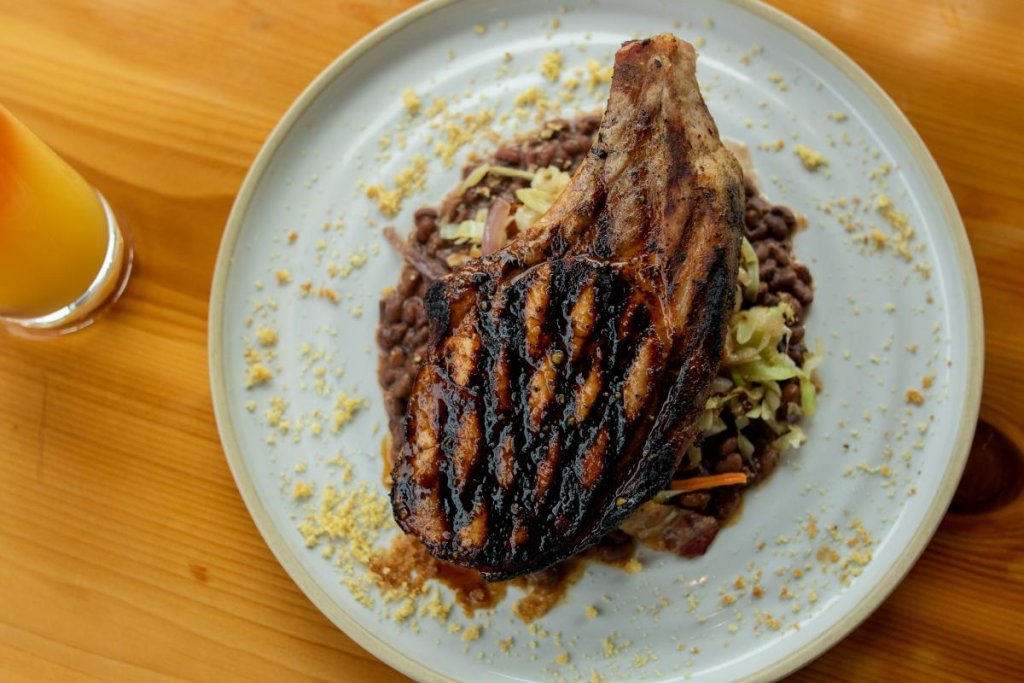
Windmill
For something a little more casual, The Windmill serves everything from wings and pizza to seafood baskets, all at great prices. Indulge in a no-frills dining experience full of flavor at The Windmill in Longtown, SC.
Day 2
Morning
Books on Broad
If you want your breakfast with a side of books, step into Camden’s local independent bookstore, Books on Broad, to browse the books on the shelves with a coffee in hand. Books on Broad’s collection include new releases, used books, collectible books, children’s books and more. Check out their special selection of Revolutionary War, Civil War, South Carolina and Southern History books to satisfy your special interests or explore their calendar for events like storytime, book signings and seasonal fun like Boo Fest.
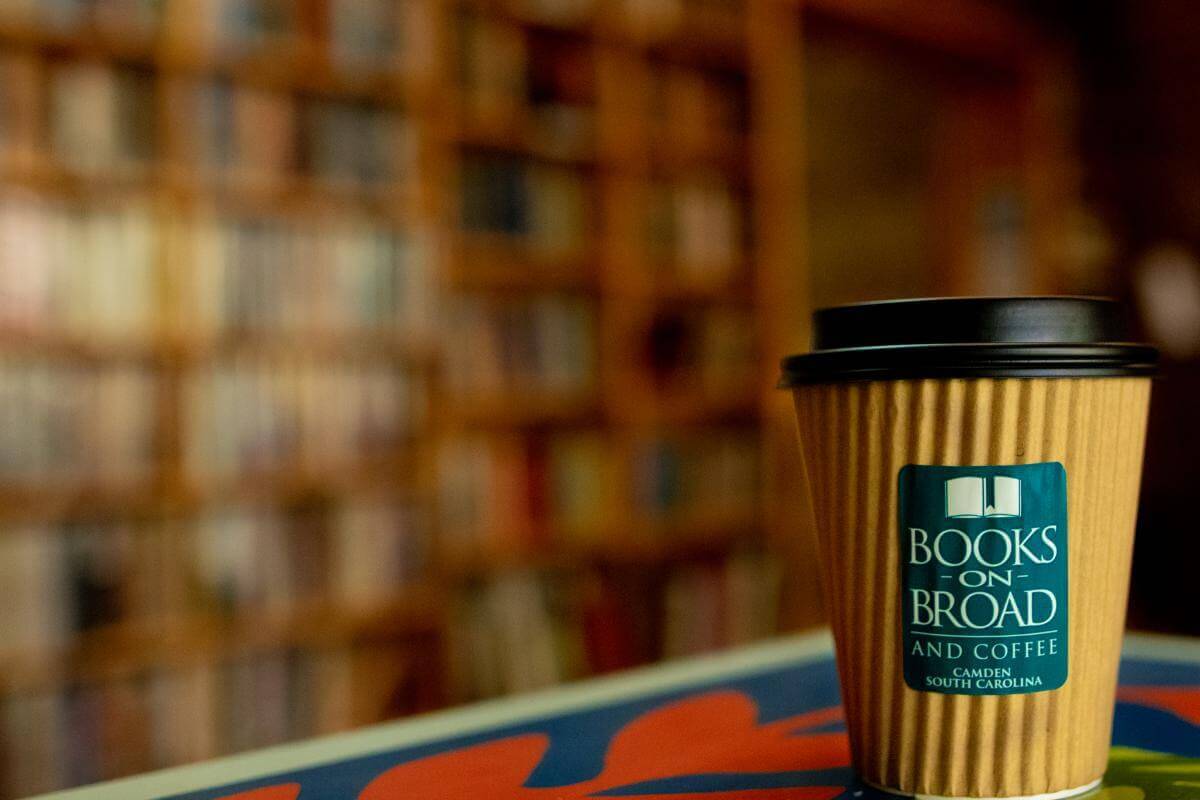
Triangle Subs & Cafe
If you are still hungry or looking for brunch, the nearby Triangle Subs & Cafe serves all your favorite breakfast options, from omelets to biscuits to French toast. Or try signature dishes like Shrimp & Grits, Eggs Benedict and Corned Beef Hash & Eggs.
Haile Street Grill
One of Camden’s oldest restaurants is Haile Street Grill, a family-run spot that opened in 1928. Haile Street Grill is a Camden tradition known for its classic breakfast options and comfort foods. Try some of their most popular dishes like the Cinnamon Roll Pancakes and Breakfast Biscuits, or come back to try the meat-and-threes and build your own plate of Southern fixins.
Lunch
521 BBQ & Grill
It wouldn’t be a foodie trip to South Carolina without BBQ. On your way through Lancaster, take a pit stop at 521 BBQ & Grill for a smoked pulled pork sandwich. This spot is a local favorite, serving a variety of smoked meats to try.
Midway BBQ
Trek a bit further across the region to Union and stop by the legendary Midway BBQ, which has been featured in Southern Living Magazine and is known for its macaroni pie and BBQ Chicken Sandwich.
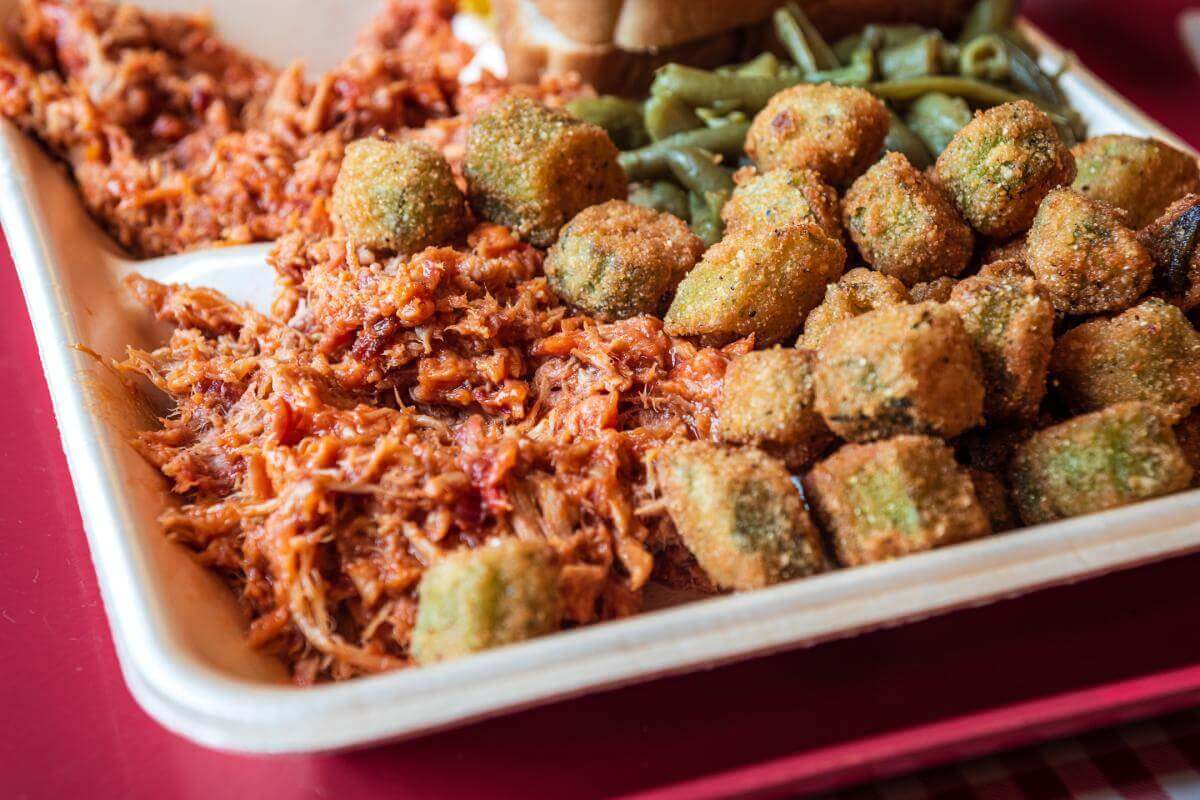
Dinner
Fortes Mill Eatery
For dinner, stop by FM Eatery in Fort Mill, one of the must-visit foodie restaurants in York County. This local favorite serves up creative small plates alongside dishes like shrimp & grits and fried chicken bog. With its cozy atmosphere and inventive menu, FM Eatery is a great spot to round out your foodie adventure.
Slow Play Brewing
Afterward, wrap up your evening with a beer and a bite at one of the area’s breweries. Slow Play Brewing offers popular pours like Squeeze Play, a New England Hazy IPA, and The Grind, a blonde ale made with Knowledge Perk’s Accelerate Blend cold brew coffee. This brewery is the perfect way to end your food trip on a high note.
Plan Your Food Getaway to the Olde English District
Start your foodie tour through the Olde English District and discover some of the best places to eat in South Carolina. This two-day food itinerary highlights the incredible variety of Olde English District restaurants, from local BBQ and cozy coffee roasteries to Southern seafood specialties. Wherever you dine, the flavors of the region have a lasting impression. Don’t wait—start planning your foodie vacation today!

